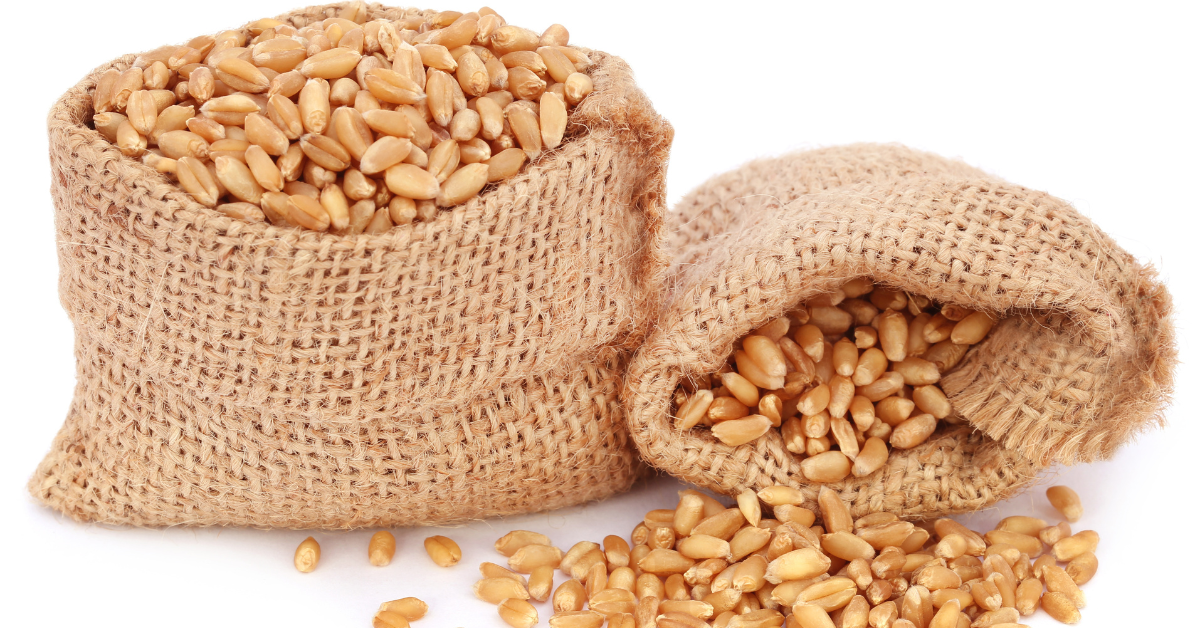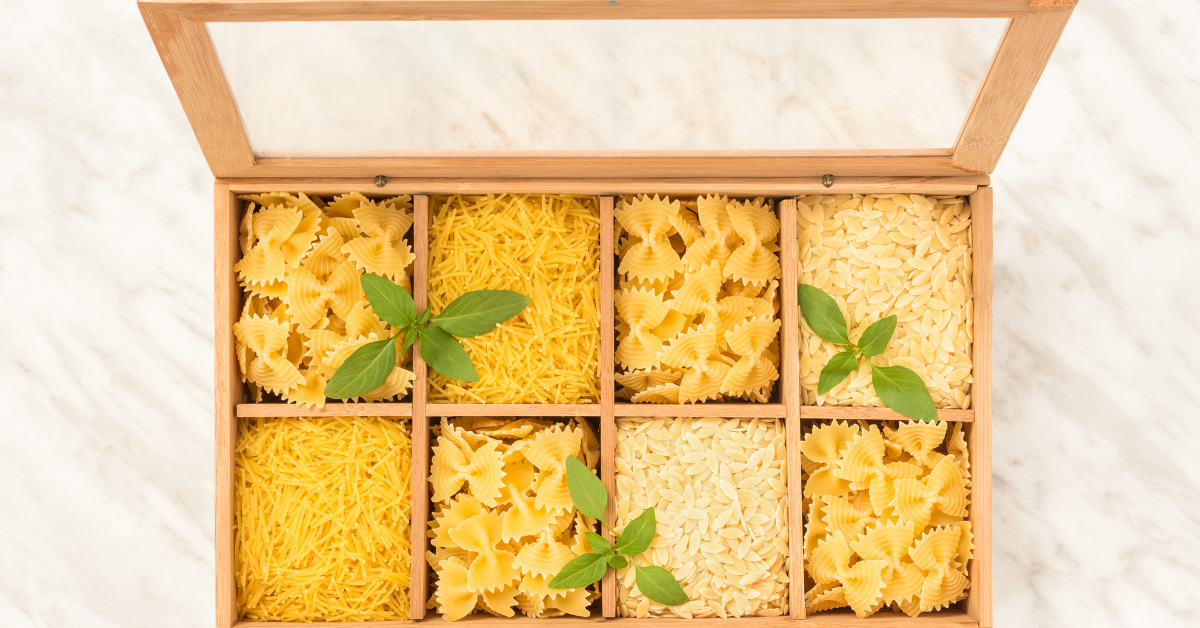Imagine this—disaster has struck, and you’ve evacuated to safety. If you are following thesurvival rule of three, then you already have a safe shelter and a reliable water source. Now it’s time to focus on food.
You find some delicious canned soup, but you have no can opener. So now, you’re frustrated and regretful because you didn’t read that “how to open a can without a can opener “ article before SHTF.
In an ideal scenario, this won’t happen to you. You won’t be regretful. Instead, you’ll be prepared. So keep reading to learn how to open a can without a can opener.
Remaining Self-Reliant

It might seem silly to read an article about opening a can without a can opener. But the truth is, you never know what situation you might find yourself in. Hopefully, you’ll just be without a can opener on vacation in an AirBnB somewhere.
But there may come a time when skills like opening a can without a can opener help you survive and feed your family. If so, you’ll be glad you finished this helpful article. The last thing you want is to be smashing a can with a rock while you’re trying to feed your family.
Method #1: Opening a Can With a Spoon

Yes, you read that correctly.You can open a can with only a spoon. We like this method of opening a can without a can opener because it requires no tools with sharp edges. The last thing you need in a survival situation is an unwanted injury.
-
Place the can on a sturdy surface. The closer the can is to hip height, the better.
-
Firmly grip the can with one hand. With your other hand, grip the spoon down low on the handle, closer to the scoop itself.
-
Position the tip of the spoon against the edge of the can lid. Make sure to hold the spoon so its bowl is facing inwards.
-
Rub the tip of the spoon back and forth along the interior edge. Work over the same small area until you’ve rubbed through the lid.
-
Scoot the spoon over and repeat the rubbing motion until you puncture through.
- Once there are enough holes, use the tip of the spoon to pry open the can’s lid.
Method #2: Open a Can With a Chef’s Knife

This method of opening a can utilizes a larger chef’s-style knife. However, it can be accomplished with a variety of other types of blades, so long as they are large and heavy enough.
-
Position the can on a sturdy surface. The surface should be around hip height for the most effective ergonomics and best results.
-
Hold the chef’s knife like usual—gripping the handle with your palm, wrapping your fingers around, and resting them on the handle, away from the blade's edge.
-
Locate the heel of the knife and position it on the inner edge of the can’s lid. The knife's heel is located opposite the tip of the blade, where the blade is the widest.
-
Press the heel of the knife into the can’s lid. Press firmly so the knife's heel punctures the can lid.
-
Pull the knife out and scoot it over. Repeat the process every few centimeters along the can’s lid.
- After enough holes, use the tip of the chef’s knife to pry open the can lid. Do so by pointing the edge of the blade away from your body.
[product_render product-handle="45-serving-food-kit-special-offer"]
Method #3: Open a Can With a Pocket Knife

Another option for how to open a can without a can opener involves just a pocket knife. The pocket knife is convenient because most of us have one as part of oureveryday carry, in ourbug-out bags, or amongst our emergency supplies.
-
Position the can on a stable surface. A surface at hip height will render the best results. Stand over the can for best ergonomics.
-
Position the pocket knife against the interior edge of the lid. Hold the knife vertically and grip the handle so your fingers are away from the blade's edge.
-
With your other hand, hit the back of the hand that’s holding the pocket knife. The gentle pressure from hitting your hand will help puncture the can’s lid.
-
After you have made a puncture, scoot the knife over to repeat the process. Ideally, you want a hole every few centimeters.
- Continue the process until there are enough holes around the interior edge of the can. Then, use the pocket knife’s tip to pry off the lid. Do so with the edge of the blade facing away from your body.
Method #4: Open a Can With a Rough Surface
We call this method of how to open a can the “caveman method.” If a cave dweller can do it, you can do it. Plus,opening a can by rubbing it into the ground is very caveman-esque. The caveman method is not super fast, but it’ll get you into the can if you're hungry enough.
-
Locate a rough and flat surface—for example, a flat rock, concrete, or pavement.
-
Position the can upside down, so the top is in contact with the rough surface.
-
Apply pressure downwards and rub the can into the surface. Use a scrubbing motion with lots of pressure.
-
Routinely monitor the top of the can to check for progress. Once moisture is visible on the surface, you are getting close.
- When the seal is damaged enough, use a pocket knife, stick, or some other prying object to pry open the lid of the can.
Tips for Opening a Can Without a Can Opener

All four of the methods we shared are simple enough. However, here are some tips and tricks to make the process as safe as possible.
-
The spoon method is only effective with a strong metal spoon. Plastic or wooden spoons will not work.
-
Never pry open a lid with just your hands. Instead, cover the lid with a towel or sleeve to prevent cutting yourself.
-
Whenever possible, point the knife blade's edge away from your body.
-
When opening the can using a pocket knife, avoid hitting your hand too hard. Instead, hit with an open palm relatively gently to avoid losing control.
-
When using a pocket knife, ensure that the blade is entirely extended and locked into place.
-
The pocket knife method can also be done with a chisel or a similarly shaped object.
-
When working with the chef’s knife, take your time and make sure it’s positioned correctly to prevent slippage.
- When working with a larger chef’s knife, refrain from using the tip to puncture the can. The knife’s heel is much more stable and less likely to slip. Plus, if you use the tip, you may damage the blade.
Canned Food Storage Guidelines
Storing canned food items is relatively simple and a good practice for survival, since cans store so well for so long. Storing cans involves buying what you need and monitoring what you have. Here are somehelpful guidelines.
-
Store your cans in a clean, cool, and dry place.
-
Rotate your cans, so you eat the oldest first. Remember the phrase, “first in, first out” (FIFO).
-
Try to consume low-acid canned foods like veggies and meat within three years.
-
Try to consume high-acid canned foods like fruit and tomatoes within one year.
- Generally, foods stored for longer are still safe to eat as long as the can does not show signs of spoilage or damage. However, they may have lost some nutritional value, flavor, and color.
Canned Food Spoilage Warning Signs

We recommend refraining from using foods in containers with the following three warning signs:
-
A foul odor.
-
Obvious dents, especially along the seams on the top and bottom of the can.
- Loose, leaking, or bulging lids.
Final Thoughts On How To Open A Can
Canned foods are the perfect medium-term food item—a can’s shelf life is typically a couple of years. Therefore, canned food storage requires routine rotation to avoid spoiling. Just make sure you keep a can opener handy!
Their medium shelf-life makes them a good option, but there are better options. When it comes to long-term food storage,freeze-dried and dehydrated foods are the crown jewel.
For more practical articles like this one, visit our Practical Prepper Blog, where you can learnhow to cook without electricity and get guidance on theminimum calories per day you need to survive.




